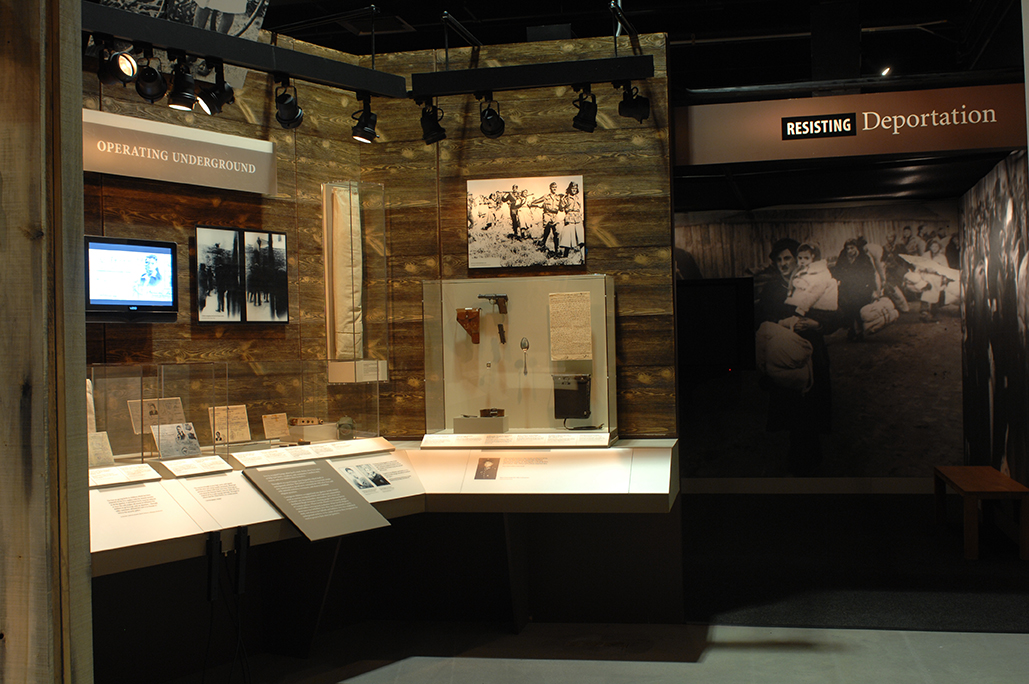This series of blog posts highlights stories of Jewish responses to the Holocaust as it unfolded. These stories are some of those told in the Museum’s past exhibition Daring to Resist: Jewish Defiance in the Holocaust.
Exhibition text edited for online use by Noa Gutow-Ellis, Collections and Exhibitions Assistant and Treva Walsh, Collections Project Manager
The debate over Nazi intentions sharpened when deportations began. At first, Jews did not know the implications of deportation. Many people internalized Nazi deceptions that “resettlement” meant relocation to a work camp, where they would live. They accepted this because the idea of resettlement was reasonable and in tune with past experience, while the idea of being systematically murdered or worked to death was unimaginable. Even so, forced relocation fractured both communal and personal relationships, making earlier responses irrelevant and creating new hardships.

Deportation also imposed a deadline. Under occupation, people could debate what to do, change their minds, procrastinate, or try to keep their options open. Receiving deportation orders meant that individuals finally had to decide whether to obey, hide, or flee. The increased level of uncertainty, the stress of change, and totally new circumstances at the destinations of relocation distinguished the responses of individuals and groups who faced deportation. As a result, the new forms of resistance that arose were not monolithic. Different people interpreted deportation differently, foresaw different consequences to resistance, and argued with great intensity about which path was most likely to save lives and communities.
As deportation roundups commenced, Jews organized hiding places to protect other Jews, especially children, from the Nazis and deportation. Counterfeit identity papers from Belgium and France, made with stamps stolen from local government offices, enabled Jews to hide their Jewish identity and live as non-Jews.
Soon, deportations became everyday occurrences, and individuals were forced to renegotiate the basic dilemma of how to protect oneself and one’s community. Should you avoid deportation by making yourself useful working for the Nazis, or is this always wrong, even if it contributes to your survival? The Nazis and their collaborators imposed collective punishment on entire communities and groups for acts of sabotage or resistance committed by individuals. Is it then moral to sabotage the labor process, or escape to the forests to join partisan groups, when reprisals against your family or community are likely? What actions can one take without endangering others?
